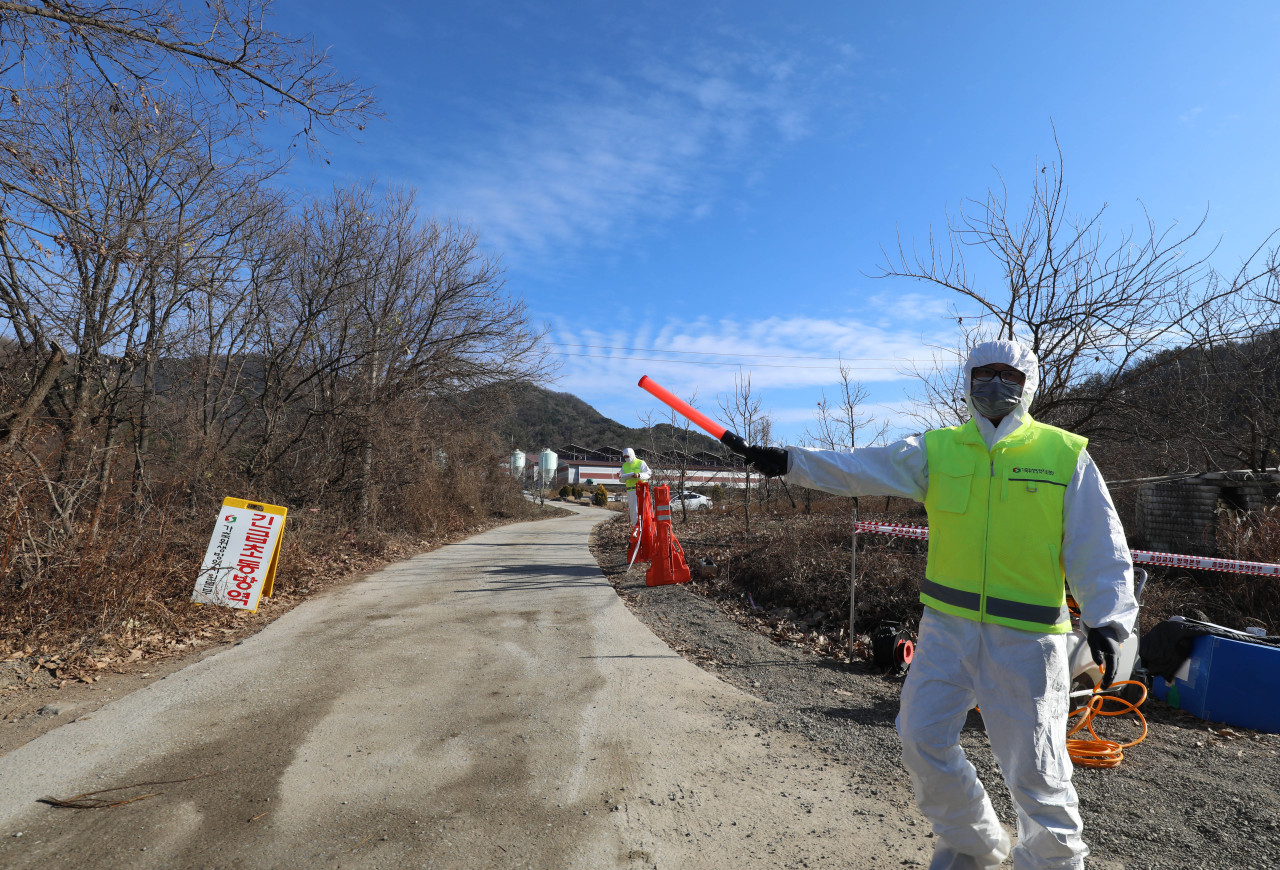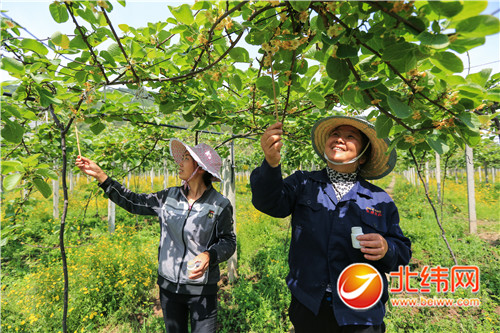Diamond nanothreads could store thrice the energy of Li
Satisfying the energy needs of a growing population in a sustainable way calls for some inventive solutions, and ones not necessarily limited to the confines of battery chemistry. Solutions to storing energy in mechanical systems instead could include huge towers of swinging blocks or, at the other end of the spectrum, tiny bundles of ultra-fine carbon threads, as a new study from Australia’s Queensland University of Technology has shown.
The researchers behind the study describe their proposed energy storage system as a diamond nanothread bundle, which are tiny structures that material scientists have been exploring for some time due to their unique physical properties. These bundles consist of very fine one-dimensional carbon threads, which can be twisted or stretched as a way of storing mechanical energy.
“Similar to a compressed coil or children’s wind-up toy, energy can be released as the twisted bundle unravels,” says study author Dr Haifei Zhan. “If you can make a system to control the power supplied by the nanothread bundle it would be a safer and more stable energy storage solution for many applications.”
Zhan and his team conducted computer modeling to investigate the energy density of a hypothetical diamond nanothread bundle. According to the results, these systems could store 1.76 MJ per kilogram, which is around four to five orders higher than a steel spring of the same mass, and up to three times that of lithium-ion batteries.
While this superior energy density is a huge incentive to develop a system like this, its safety another. Because it doesn’t involve the types of electrochemical reactions that take place in lithium ion batteries, it avoids the risk of leaks, explosions or simple chemical failure.
“At high temperatures chemical storage systems can explode or can become non-responsive at low temperatures,” says Zhan. “These can also leak upon failure, causing chemical pollution. “Mechanical energy storage systems don’t have these risks so make them more suited to potential applications within the human body."
The team imagines all sorts of uses for such a system, ranging from wearable technologies, to biomedical tools for heart and brain functions, to robotics and others.
“The nanothread bundles could be used in next-generation power transmission lines, aerospace electronics, and field emission, batteries, intelligent textiles and structural composites such as building materials,” says Zhan.
The research was published in the journal Nature Communications.
Source: Queensland University of Technology
相关文章

Sinkhole swallows up car, injuring 2 in Seoul
A sinkhole has swallowed up a car on a road in Seoul's Seodaemun-gu, on Thursday. (Yonhap)A sin2024-09-22
S. Korea confirms highly pathogenic avian influenza case from wild birds
A quarantine official bans the entry of automobiles into a farm in Sangju, 270 km southeast of Seoul2024-09-22 一手拿着竹签,竹签的另一头裹着棉花,轻轻在花蕊上一点……这就是猕猴桃花人工授粉的基本技巧。目前,我市中高山地区猕猴桃花正值盛开,为了增加收成,种植户们抢抓花期,对猕猴桃花进行人工授粉。近日,芦山县飞仙2024-09-22
一手拿着竹签,竹签的另一头裹着棉花,轻轻在花蕊上一点……这就是猕猴桃花人工授粉的基本技巧。目前,我市中高山地区猕猴桃花正值盛开,为了增加收成,种植户们抢抓花期,对猕猴桃花进行人工授粉。近日,芦山县飞仙2024-09-22
Memon becomes first Pakistani to speed ascend Kilimanjaro
KARACHI:It is hard not to feel joy, sadness, pride and ultimately respect for Asad Ali Memon."A2024-09-22Best CPU Deals, AMD vs Intel: Holiday CPU Buying Guide
Earlier this week, we looked at GPU pricing and the market to see what sort of prices would truly co2024-09-22
Burton's U.S. Winter Olympic uniforms are very old
If you love snowboarding and you're a space nerd the 2018 Winter Olympics are for you.Burton Snowboa2024-09-22

最新评论